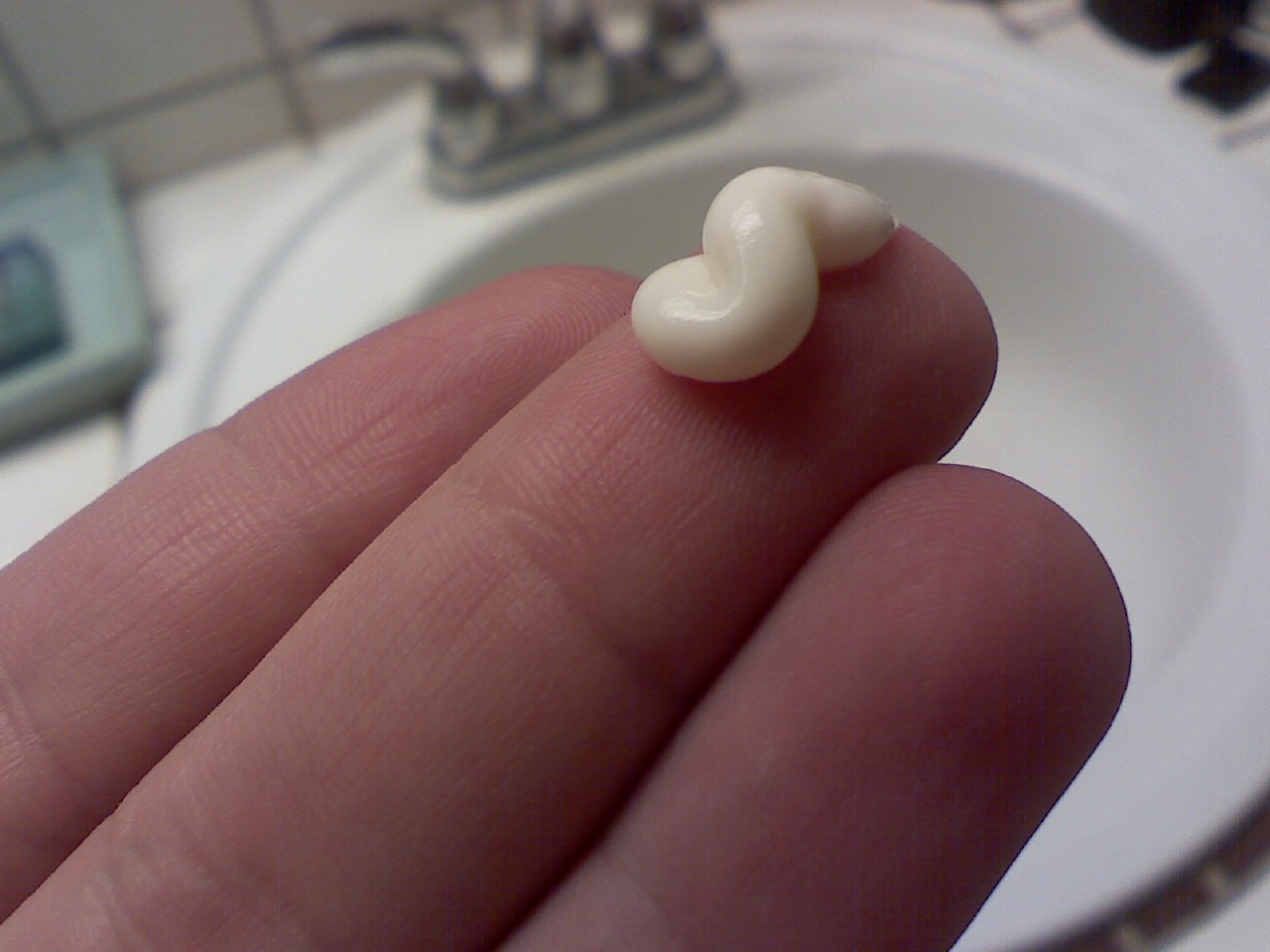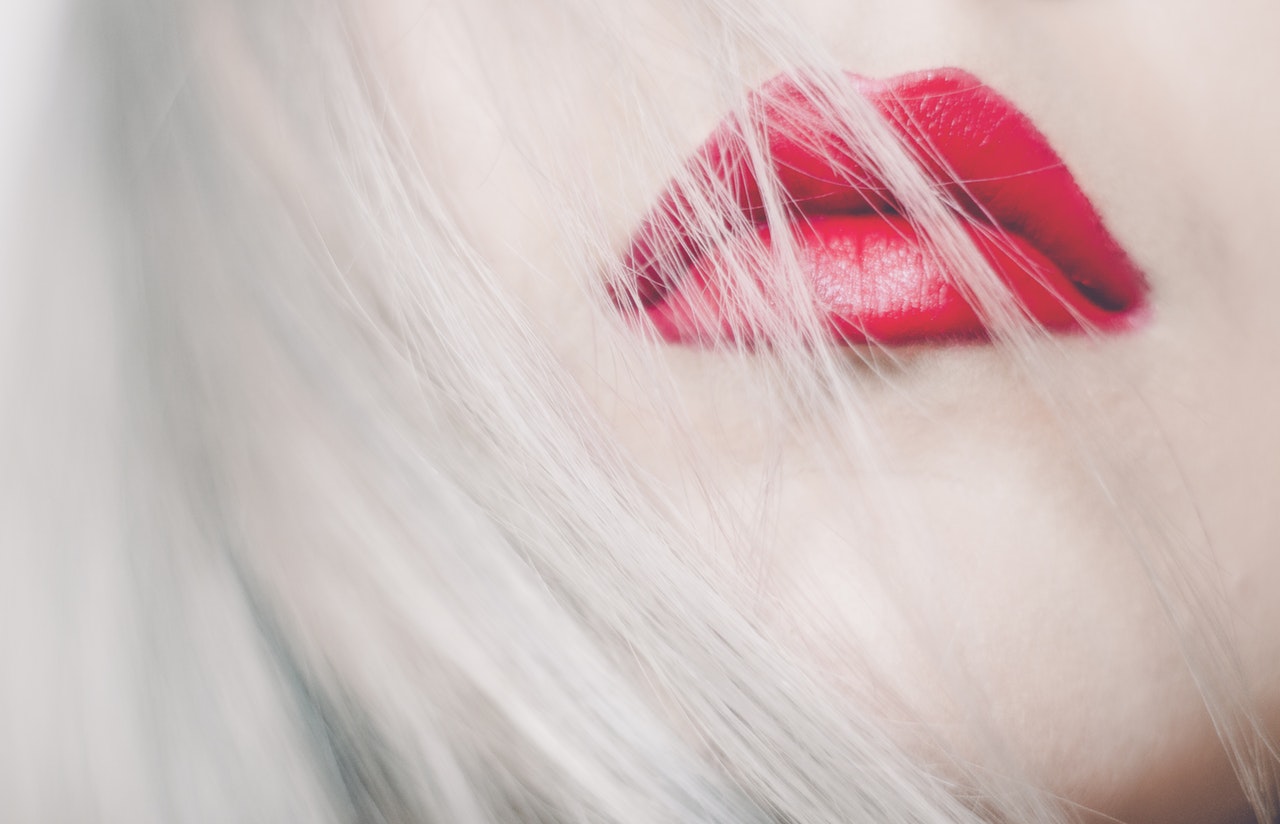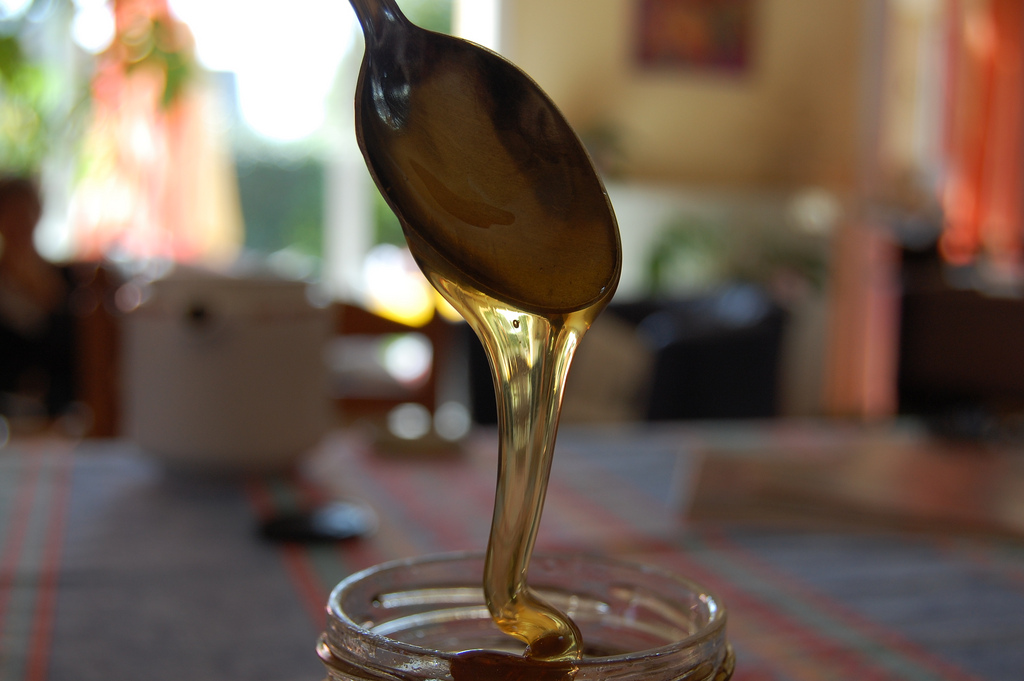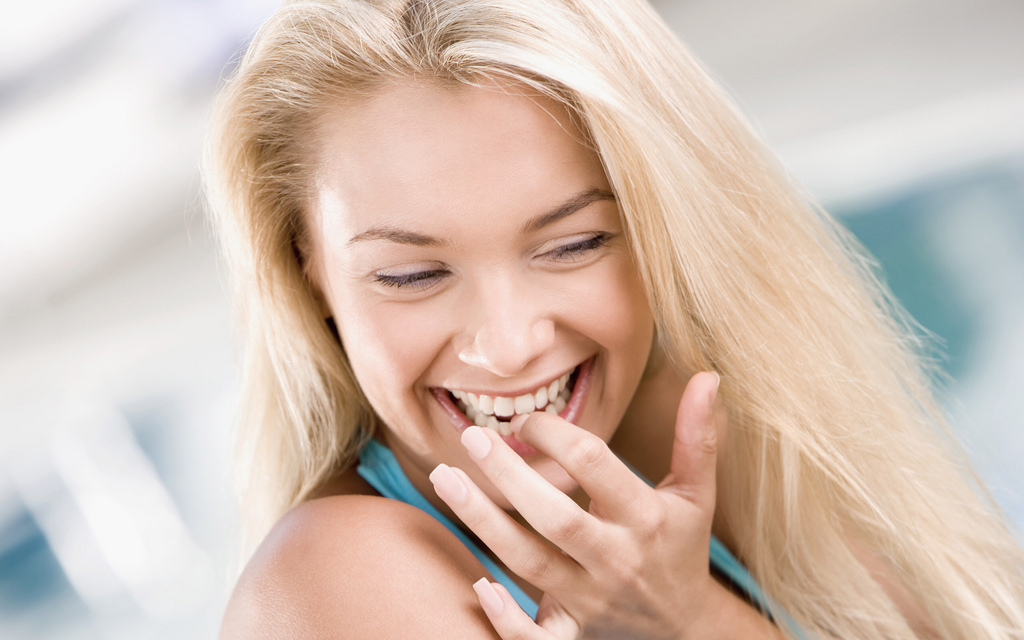
Image: Shawn Campbell
The skin is the largest organ of the body. It requires regular attention to stay healthy, young, and blemish-free. One of the ways to do this is through daily application of moisturizer.
Benefits of Applying Moisturizer
Regular application of moisturizer should be part of your skincare routine. It keeps your skin young and healthy especially on areas that are more prone to environmental changes. These include the face, ears, and neck. These are also areas of the skin that shed more rapidly and hence, require daily massage and application of a moisturizer to stimulate blood circulation and new cell generation.
Aside from keeping the skin young and healthy, including moisturizer in your daily skincare routine helps in preventing or reducing the appearance of skin blemishes. When the skin gets too dry or oily, skin conditions may develop such as acne.
Is it possible to over-moisturize?
Although a well-moisturized skin is the key towards a youthful glow and in maintaining a nice, supple complexion, overdoing it can do more harm than good.
According to some skincare experts, this can happen when you choose the wrong type of moisturizer. Like other skincare products, you can only make the most of a moisturizer if you’re choosing one that suits your skin type. If you have oily skin, then you may want to use a moisturizing cream that’s specifically formulated for you. Choosing the wrong type will only cause skin issues.
You’ll know when you’re overdoing it when your skin starts to get too shiny and you start getting breakouts. It will also feel heavy on your skin and makes it harder to put on your makeup.
The Right Way to Moisturize
The best time to apply a moisturizer is after your shower or bath, specifically after you pat yourself dry. This is the ideal time to apply a moisturizer as it’s the time when the skin is rehydrated, making it better for sealing in the moisture.
When applying a moisturizer, only use a dime-size of it. You can rub your hands together to make them warm before dispensing the moisturizer into your palm. Start the application at the base of your chin, working your way up. Use gentle, upward motion as you do this.
Choosing the Right Moisturizer
If you want to prevent over-moisturizing your skin, then it’s important to choose the right type of moisturizing cream or lotion for your skin type.
Normal Skin
Those with normal skin type will work well with moisturizers with natural oils. This type of moisturizer often has jojoba extracts, almond, soybean, sunflower, and olive oils.
Dry Skin
People with dry skin can benefit from thicker moisturizers. These are moisturizers with higher oil, water, and wax content. These ingredients are known to create an occlusive layer on the skin, which helps in replacing water and retaining it.
Oily Skin
It’s a common myth that those with oily skin don’t need to apply moisturizer as it will only make their skin oilier. The truth is, it’s possible to have an oily dehydrated skin.
To prevent breakouts, those with oily skin must be careful in choosing a moisturizing product. They can benefit from moisturizers with water-like textures such as gels. Gel-type of moisturizer contains the least amount of wax, oils, and emulsifiers. They rehydrate the skin without causing the feeling of ‘heaviness.’
Conclusion
Moisturizers are great for the skin. They help keep your skin supple and healthy. However, it’s possible to over-moisturize your skin. This can happen when you choose the wrong type of moisturizer. Thus, it’s important to choose the right of moisturizer based on your skin type. It’s as important as knowing when to apply it and how much.
 One of the very first things we notice about someone when we meet them is their smile, putting our lips on display front and center. This can be uncomfortable as we experience the natural effects of aging, as lips – most notably the upper lip – naturally become thinner due to the degradation of collagen and elastin.
One of the very first things we notice about someone when we meet them is their smile, putting our lips on display front and center. This can be uncomfortable as we experience the natural effects of aging, as lips – most notably the upper lip – naturally become thinner due to the degradation of collagen and elastin.


